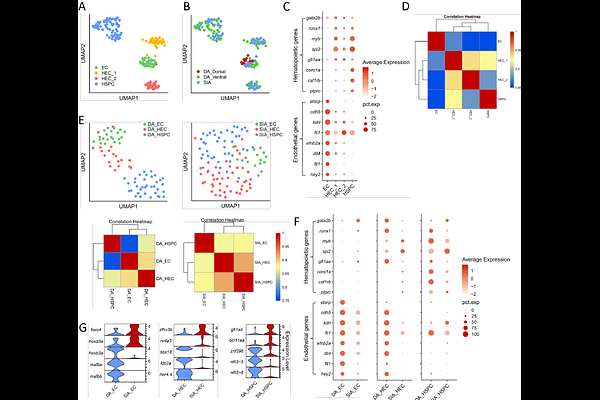Bona fide hematopoietic stem cells in zebrafish originate from the supra-intestinal artery

Bona fide hematopoietic stem cells in zebrafish originate from the supra-intestinal artery
Feng, S.; Qu, R.; He, Y.; Huang, T.; Wang, Y.; Trinh, T. H.; Cheng, K.; Zhao, S.; Huang, Y.; Zhu, H.; He, S.; Wen, Z.
AbstractHematopoietic stem cells (HSCs) in vertebrates are widely believed to originate from hemogenic endothelial cells (HECs) in the dorsal aorta (DA) through endothelial-to-hematopoietic transition. However, conclusive in vivo DA-specific lineage-tracing studies to confirm this origin are lacking. Here, leveraging infrared light-mediated temporospatial-resolution lineage-tracing technology, we demonstrate that in zebrafish, HSCs do not originate from the DA. Instead, following the DA hematopoiesis, which produces hematopoietic precursors with limited renewal potential, lifelong renewable HSCs emerge from the supra-intestinal artery (SIA). Remarkably, while the DA produces hematopoietic cells from unipotent HECs, the SIA generates hematopoietic cells from both unipotent HECs and bipotent vessel-resident hemangioblasts (VRHs). These VRHs undergo multiple rounds of division and budding, generating both hematopoietic cells and SIA-resident endothelial cells. The distinct characteristics of DA and SIA cells are further reinforced by single-cell transcriptomic profiling. Our findings challenge the current paradigm of HSC development, underscoring the complexity of vertebrate hematopoiesis.